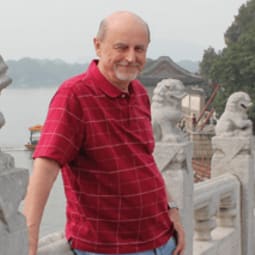
Frantisek Svec
Lead Scientist; Facility director at the Molecular Foundry, Lawrence Berkeley National Laboratory, California, USA; Short-term Principal Researcher, Beijing University of Chemical Technology, International Research Center for Soft Matter, China.
